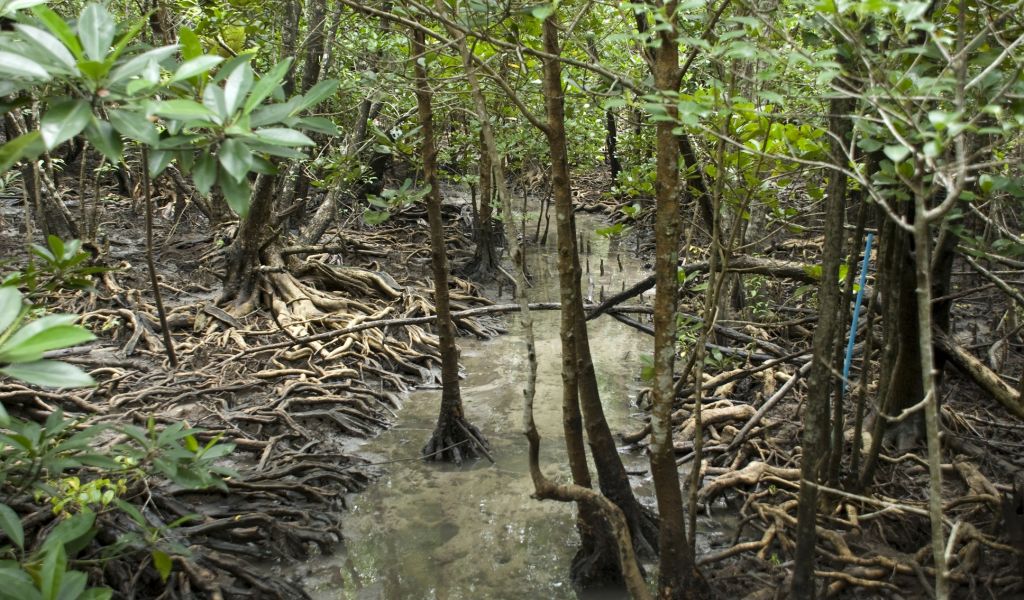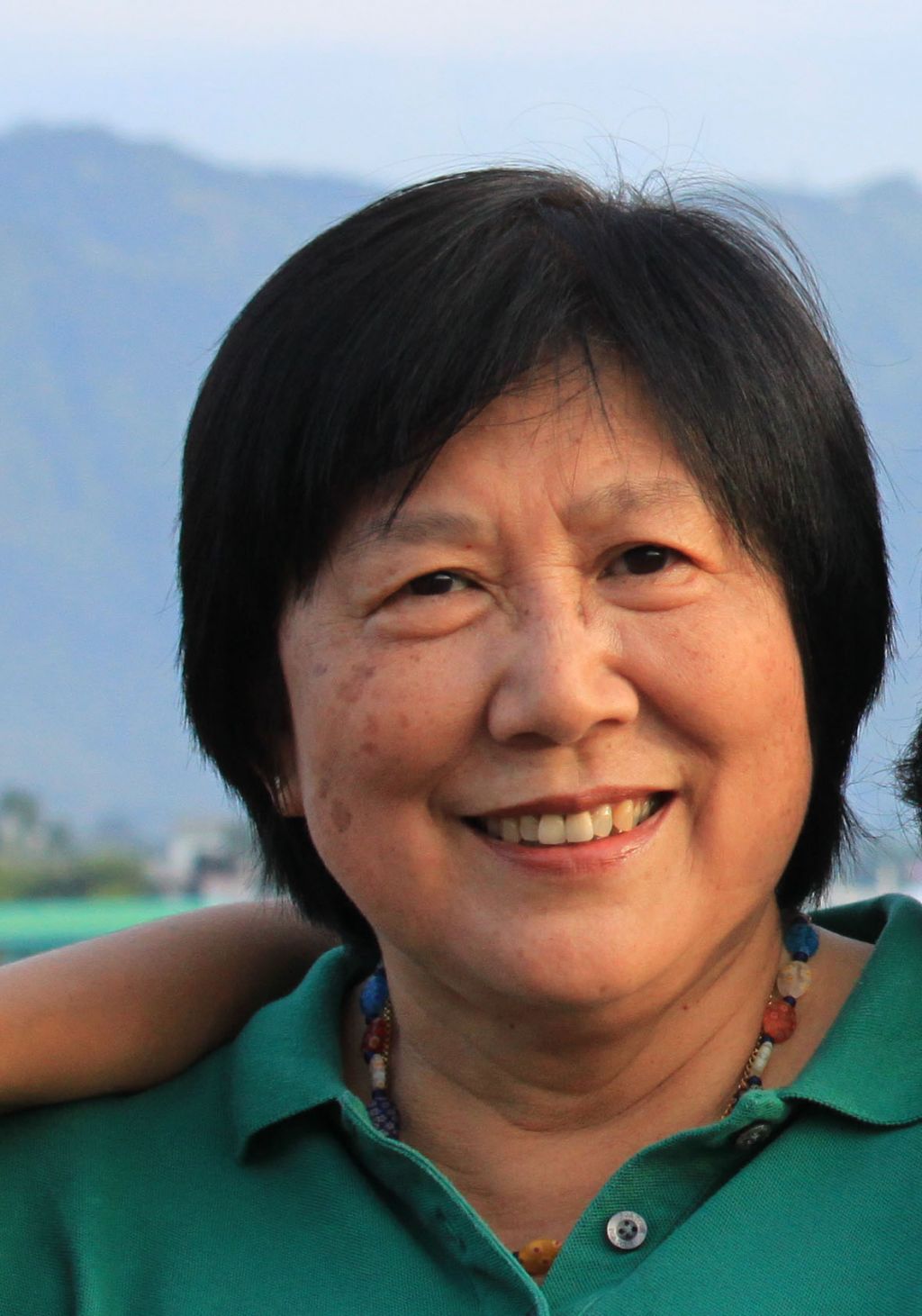Benefits and drawbacks to protected areas in Thailand


A series of recent studies led by Amherst College (USA) Professor Katherine Sims indicates that protected areas in rural Thailand have contributed to local economic development and lessened rates of poverty in surrounding areas. The studies indicate protected areas can contribute to local livelihoods through eco-tourism and infrastructure development as well as protection for environmental services that contribute to agricultural and forest crop productivity.
These findings strike a contrast with the popular conception that restrictions on land use and access in protected areas limit the economic potential and livelihoods options of local people. While warning against equating environmental protection as a tool for poverty alleviation, Professor Sims suggests that these findings indicate the resiliency and adaptability of local economies under the right conditions.
In a brief interview, Ms. Somying Soontornwong of RECOFTC’s Thailand Country Program shares her experience with protected areas and community livelihoods in Thailand, noting that while in some cases protected areas can improve community livelihoods, they can also place harsh restrictions on resource use and access to the detriment of local people. Clearly, the question of protected areas versus community land does not come with an easy answer.
Please describe the current situation of local communities and protected areas in Thailand.
There are 141 protected areas in Thailand, which include national parks, wildlife sanctuaries and other conservation reserve areas. At present it is estimated that about 1,820 communities, covering more than 100,500 households and 616,800 people, live in protected areas. While many of these communities were established before protected areas were declared, under current law they can neither harvest forest products nor engage in agriculture within these zones, leading to an increase in instances of conflict between local communities and the government. Recognizing the problem, the government has recently decided to appoint a consulting firm to organize national forest demarcation and reshape conservation forest and protected zones with an aim to clarify forest boundaries.
How do the studies’ key findings compare with your experience of working with communities living in and around protected areas?
I agree that protected areas have the potential to improve the economic situation of local communities through both direct and indirect means. As the study implies however, this may vary according to the local context. In particular, we have found that livelihoods benefits are better realized where tenure arrangements are clarified and secure for local people.
One example is that of Khao Nan National Park in southern Thailand, where local communities are able to collect and sell terah tree nuts to middleman buyers. This is only possible because the national park and the communities agreed to collaboratively reshape and demarcate zones and boundaries between the park and community land. The agreement included a forest restoration plan under which a boundary zone would be reforested with terah trees that local people could access and use. Park authorities also agreed to support communities in carrying out their own forest domestication activities, allowing communities easier access to forest products and thereby improving income. Communities remain well represented on the National Park management committee.
In what ways do protected areas still restrict local peoples’ livelihoods?
Protected areas place highly restrictive regulations on resource use and access, which conflict with traditional land-use patterns. Ethnic minority communities that practice swidden farming have been highly affected, as farmers have been forced to reduce the size of agricultural land and shorten crop production cycles. Farmers have had to reduce the time swidden land remains fallow from 6–7 years to 3–4 years, not giving enough time for the forest to grow back. This has led to a decrease in annual production yields, and some households have had to seek costly loans from middlemen just to get enough food to survive.
Could future financial benefits from Payment for Ecosystem Services (PES) schemes such as REDD+ help offset the costs of some of these restrictions?
Under current circumstances, I see little financial benefit coming directly to these communities through such schemes in Thailand. All protected areas are legally owned by the State, and there has been little progress in national reform on granting communal property rights. There are also no national mechanisms to support the involvement of local communities in developing REDD+ or other PES systems yet, so there is danger they will be completely bypassed if and when such schemes come into effect. I think it would be very difficult for Thailand to develop successful REDD+ and PES mechanisms if relevant forest laws are not reformed.
How might the situation be improved?
The case of Khao Nan National Park is a win-win from both a conservation and livelihoods standpoint because park authorities recognized the stake local communities had in local forests and sought their participation in governance and decision making over land use and access. Unfortunately, this remains an exception rather than the rule. National policies and laws need to acknowledge the interdependency between local communities and protected areas, and expand the scope and participation of local people in the demarcation and management of these zones. Concepts and practices that have proven successful in community forest management in Thailand, particularly in benefit sharing and livelihoods access, should be applied in order to tap into economic gains.

